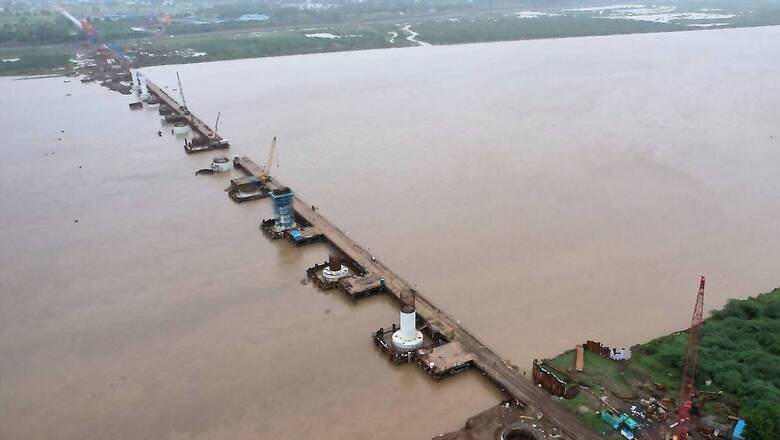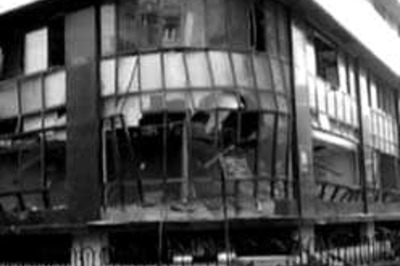
views
The construction of the Narmada River bridge in Gujarat is rapidly advancing as part of the Mumbai-Ahmedabad Bullet Train corridor, with 19 of the 25 well foundations ready and the beginning of the erection of the superstructure.
Spanning a length of 1.4 kilometres, this bridge is the longest river bridge in the Gujarat segment of the project, located between the Surat and Bharuch stations.
The bridge’s design, featuring 24 spans and circular piers up to 18 meters high, is set to be a significant milestone in the Mumbai-Ahmedabad Bullet Train project.
19 FOUNDATIONS COMPLETE
As the backbone of India’s first high-speed rail line, this bridge is not only a feat of modern engineering but also a symbol of the country’s infrastructural ambitions.
The Narmada River, called the ‘lifeline of Madhya Pradesh and Gujarat’, holds immense cultural and geographical significance. Flowing through central India, it supports agriculture, drinking water, and hydropower for millions, while also being home to the Sardar Sarovar Dam, the third-highest concrete dam in the country. The river’s deep significance makes the construction of this bridge both a challenging and crucial endeavour.
The bridge is being constructed on 25 well foundations, five of which are over 70 meters deep, with the deepest reaching an astonishing 77.11 meters. To put this into perspective, four of these foundations will surpass the height of the iconic Qutub Minar in Delhi, which stands at 72.5 meters. Well foundations, among the oldest and most effective foundation types for structures over wide rivers, are crucial in providing stability in the deep and often unstable riverbeds of the Narmada.

THE HURDLES
However, the construction has not been without its challenges. The site faced significant setbacks during the monsoon and a subsequent flood in September 2023, when approximately 18 lakh cusecs of water were released from the Sardar Sarovar Dam. The resulting surge damaged a temporary steel bridge essential for construction activities, submerged heavy-duty cranes, and disrupted electrical connectivity. The adverse conditions made work-fronts inaccessible, putting the project timeline at risk.
Despite these hurdles, the team led by the National High-Speed Rail Corporation Limited (NHSRCL) worked around the clock and the site engineers managed to restore operations and address critical issues such as the ‘tilt’ and ‘shift’ of the wells, challenges due to natural forces such as tidal waves and high river flow. Using the Jack-Down method, these issues were resolved, ensuring the stability and alignment of the foundations.
Vivek Kumar Gupta, Managing Director of NHSRCL, said, “Our engineers are working tirelessly to ensure the successful completion of the bridge on the mighty Narmada River. This bridge is the longest river bridge within the Gujarat segment of the project. Despite the complex challenges, our dedicated team continues to push forward with precision and determination.”
This bridge is just one of the 24 river bridges planned along the corridor, 20 of which are in Gujarat and four in Maharashtra. As the project progresses, the Narmada River bridge stands as a symbol of India’s leap into the future of transportation, connecting two major cities with a state-of-the-art bullet train system.


















Comments
0 comment